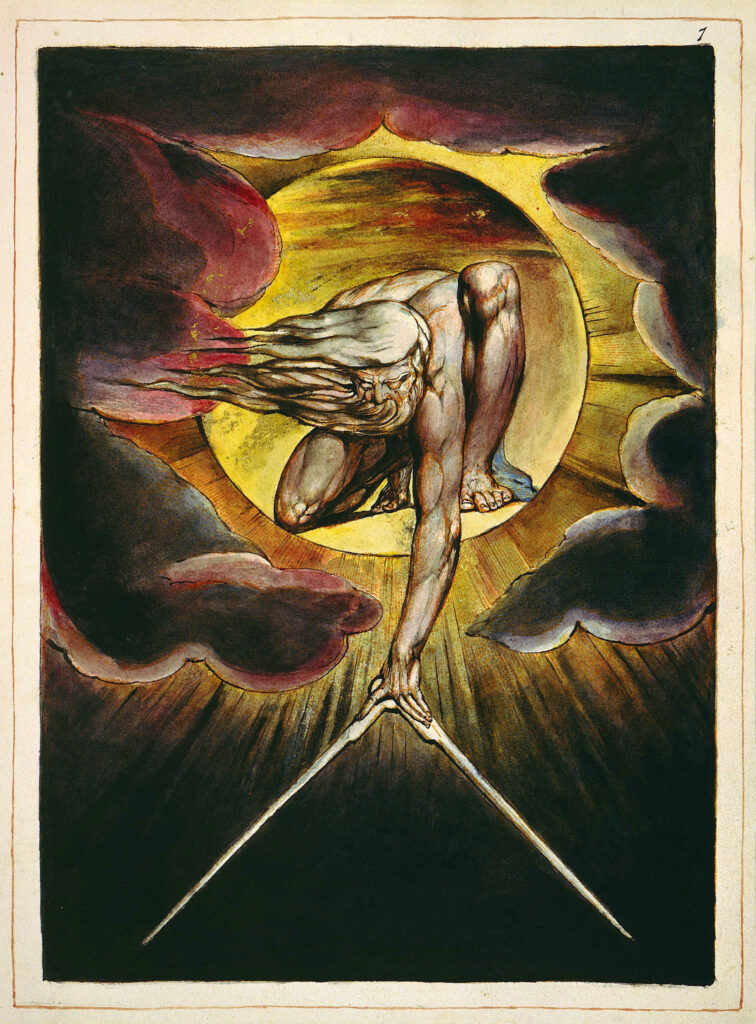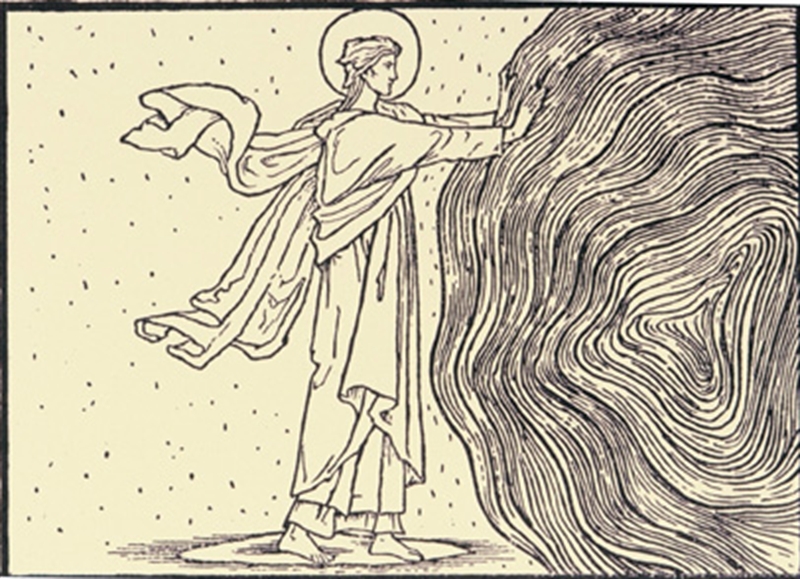
The Ancient of Days, William Blake
Usually, we tend to capture תֹהוּ וָבֹהוּ (Tohu vaBohu) as chaos, as disorder, as something wild and unformed. But what if it is not so? What if Tohu vaBohu is not confusion but boundlessness? Not randomness, but pure potential—a state before division, before separation, before anything is named?
Tohu can mean vastness, wonder, a space so open that it cannot be grasped. Bohu can mean that which holds everything, the hidden fullness within emptiness. What if this verse—“And the earth was Tohu vaBohu”—is not describing a problem, not something broken or in need of fixing, but rather the original openness before form appears? Before thought defines, before language divides, before the mind says this is order and this is chaos—there is only this.
Maybe Tohu vaBohu is not a void to be filled, but the infinite space from which all arises. The interpretation of “Tohu Vavohu” (תֹּהוּ וָבֹהוּ) as gazing or beholding carries profound implications for our understanding of primordial consciousness. If “Tohu Vavohu” transcends the limited notion of chaos and instead represents a pure state of seeing without a seer, it perfectly aligns with the principle that “looking directly is being.”

Artist’s name: Edward Burne-Jones The Creator God effortlessly pushes a massive mass of water, which is rolled up like a carpet, making space for the formation of the heavens.
When we examine the Genesis narrative through this lens, we discover that before “the earth was formed,” before consciousness divided reality into discrete objects, there existed only “Tohu Vavohu”—a primordial, undefined state akin to seeing before the mind’s interpretive mechanisms engage. This represents the simple witnessing of what is, without thought creating separation between the observer and the observed.
In this state of pure gazing, the “I” that looks dissolves, leaving only the looking itself. This resonates deeply with Zen Buddhist teachings, where moments of “empty eyes” paradoxically signify complete presence rather than absence. The emptiness is actually fullness of awareness.
We might then understand the opening of Genesis not as describing physical creation but as a moment of absolute perception. Before “Let there be light,” before names and forms were drawn from the undifferentiated whole, there was Tohu Vavohu—where everything existed in potential, but nothing was yet categorized by mind. This is not nothingness as lack, but emptiness pregnant with all possibilities, like consciousness before thought crystallizes experience.
In the simplest terms: if being is direct seeing, without filters or mediation, then Tohu Vavohu represents our original nature—pure awareness prior to the fragmentation of reality into subject and object. This nondual vision reveals that at the heart of the Hebrew world view lies a profound understanding of consciousness itself.
